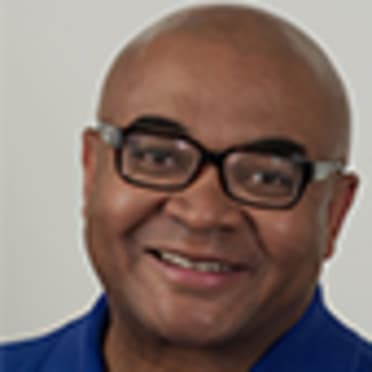Rockies take step into future with new performance lab
This story was excerpted from Thomas Harding’s Rockies Beat newsletter. To read the full newsletter, click here. And subscribe to get it regularly in your inbox.
The Rockies will take a step toward catching up to baseball’s information age when their performance lab at their Scottsdale, Ariz., training center opens next month. Construction has been completed.
The lab will allow the Rockies to record baseline biomechanics readings on all of their Major League and Minor League players. The theory is: if optimal and detailed readings of how the body works are recorded in a controlled setting, coaches will be able to detect and correct flaws quicker.
The improvement of Elehuris Montero’s offense late last season is an example of how biomechanics can help. The big league club, through an arrangement with a biomechanics firm that works with teams in the pro and amateur level, found pinpoint information on his quirks in Montero’s head movement and early swing hurt his ability to recognize breaking balls and had his bat pulling out of the zone too quickly.
Hitting coach Hensley Meulens narrowed the data to simple coaching points, and Montero batted .305 with seven home runs in his final 36 games of the season.
For years at all levels, the club had been using a system connected to the bat knob to gather swing data, and has used multiple systems that measure each part of pitch delivery, all of which revealed coaching info. Detailed info on how the body itself moves and applies force is the next frontier.
The new lab will allow the Rockies to bring their baseline measurements in house, and compare and contrast for players at all levels.
It’s another step in an area that the Rockies have improved incrementally since naming former video coordinator Brian Jones their director of research and development in August 2022. In the Minors, the Rockies will have the baseline information, but the next step will be equipping all Minor League affiliates with the motion technology to record biomechanics during games. Some of the technology is already available in Triple-A Albuquerque.
But an R&D staff that dropped to one -- Brittany Haby, manager of R&D -- after the 2020 pandemic was up to 11 last season, still on the small side among teams. During last week’s Winter Meetings in Nashville, Tenn., Jones interviewed candidates for a coordinator of sports sciences -- what Jones calls a “subject matter expert” who can collect information that can be translated simply for coaches, trainers and front-office personnel so it can be taught to players.
“We’re definitely making improvements from where we were 18 months ago,” Jones said. “It’s kind of like college football used to be, where there was an arms race for facilities. This is similar. It’s an arms race for talented people -- research and development, analysts, biomechanists -- every kind of advantage.”
With a smaller staff collecting and analyzing the data, the Rockies attempt to bridge the gap with the coaches. Manager Bud Black insists all staff members be trained in current technology. Director of pitching strategies Flint Wallace was a driving force behind a pitcher training facility, and Minor League hitting coordinator Nic Wilson holds a master’s degree in sports sciences from Eastern Kentucky University.
The increased data eventually should help the Rockies and their players communicate with private tutors and companies that players use during the offseason. If both ends have the detailed data, and how it translates during competition, instruction can be smoother.
“In the past, they’ve been bringing the data to us, and we’ve been interpreting and integrating it into our practice plans,” Wilson said. “Now we can go at it the other way. ‘I want to send you home with four things that we know serves you for things that you love, that have helped you in the actual game, and things that we've measured.’”
Wallace noted the goal is individualizing plans for players.
“Some of the data will reinforce what we see with our eyes, but there are other things we can’t see,” Wallace said. “It allows us to delve in deeper with that guy, and have customized plans.”
